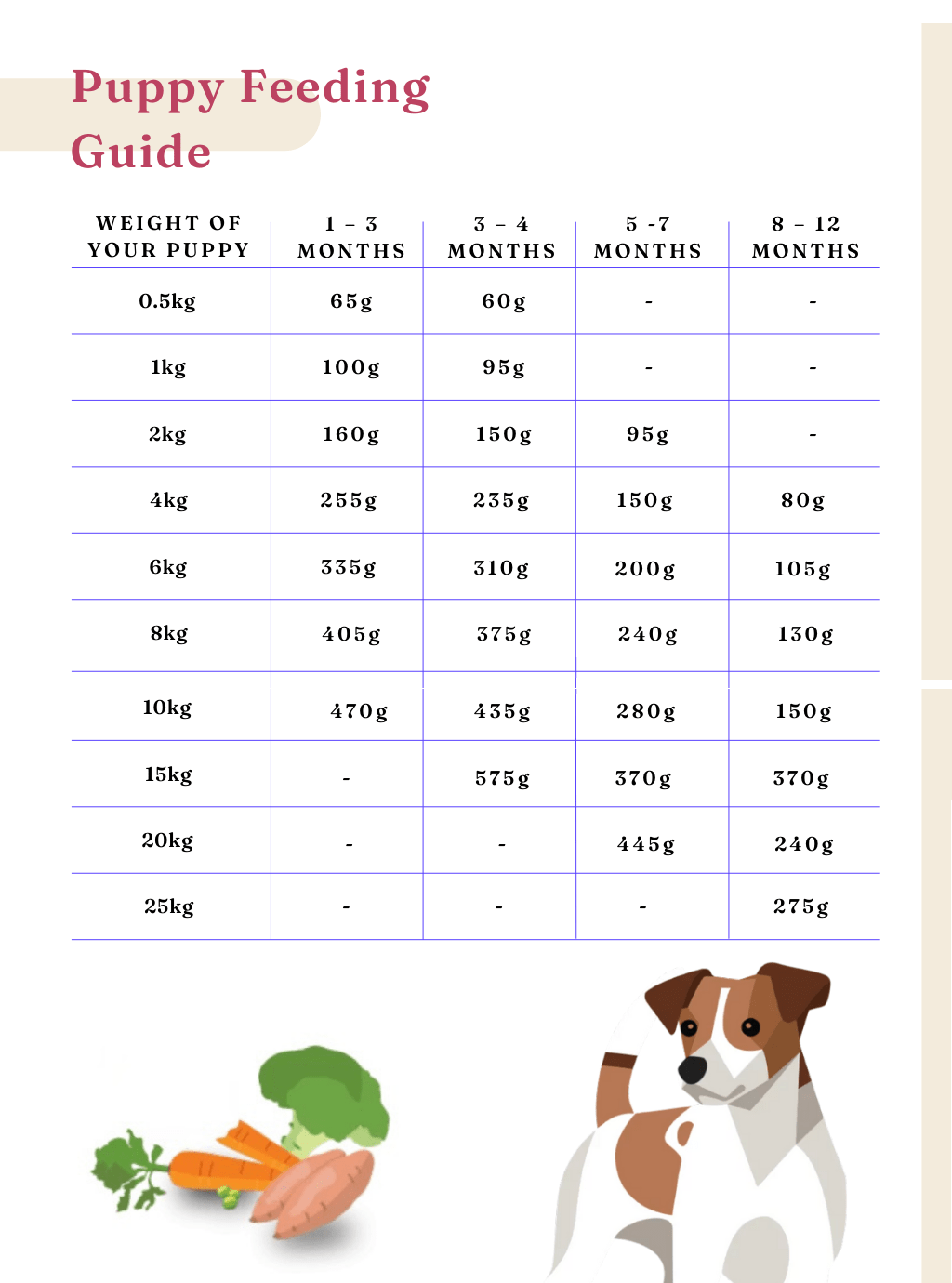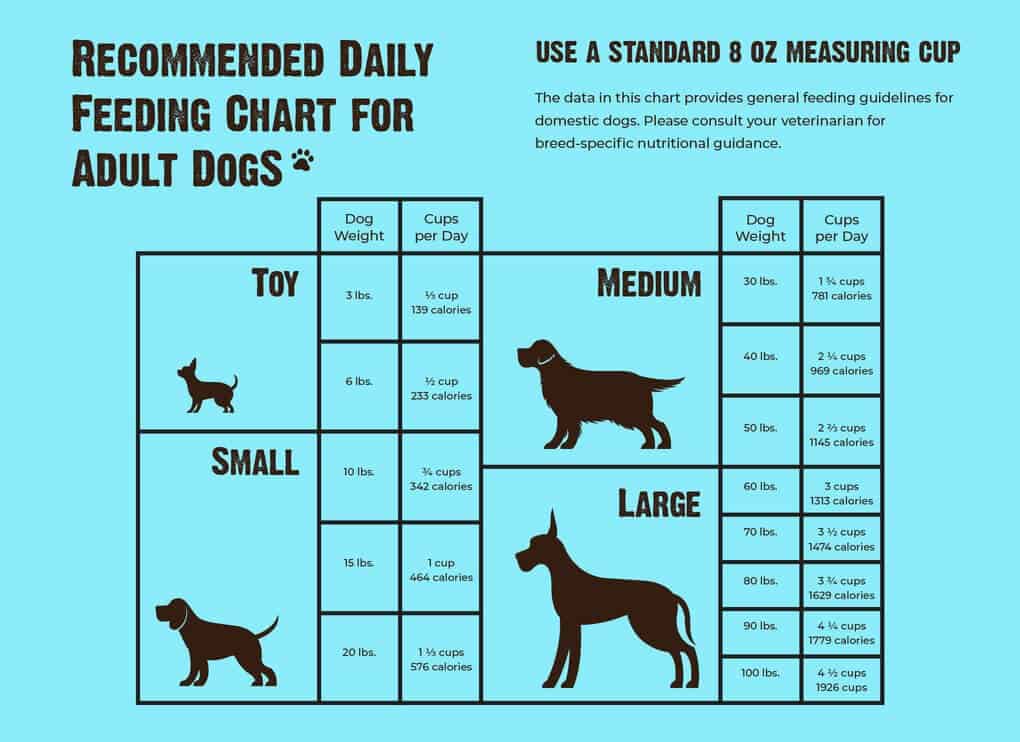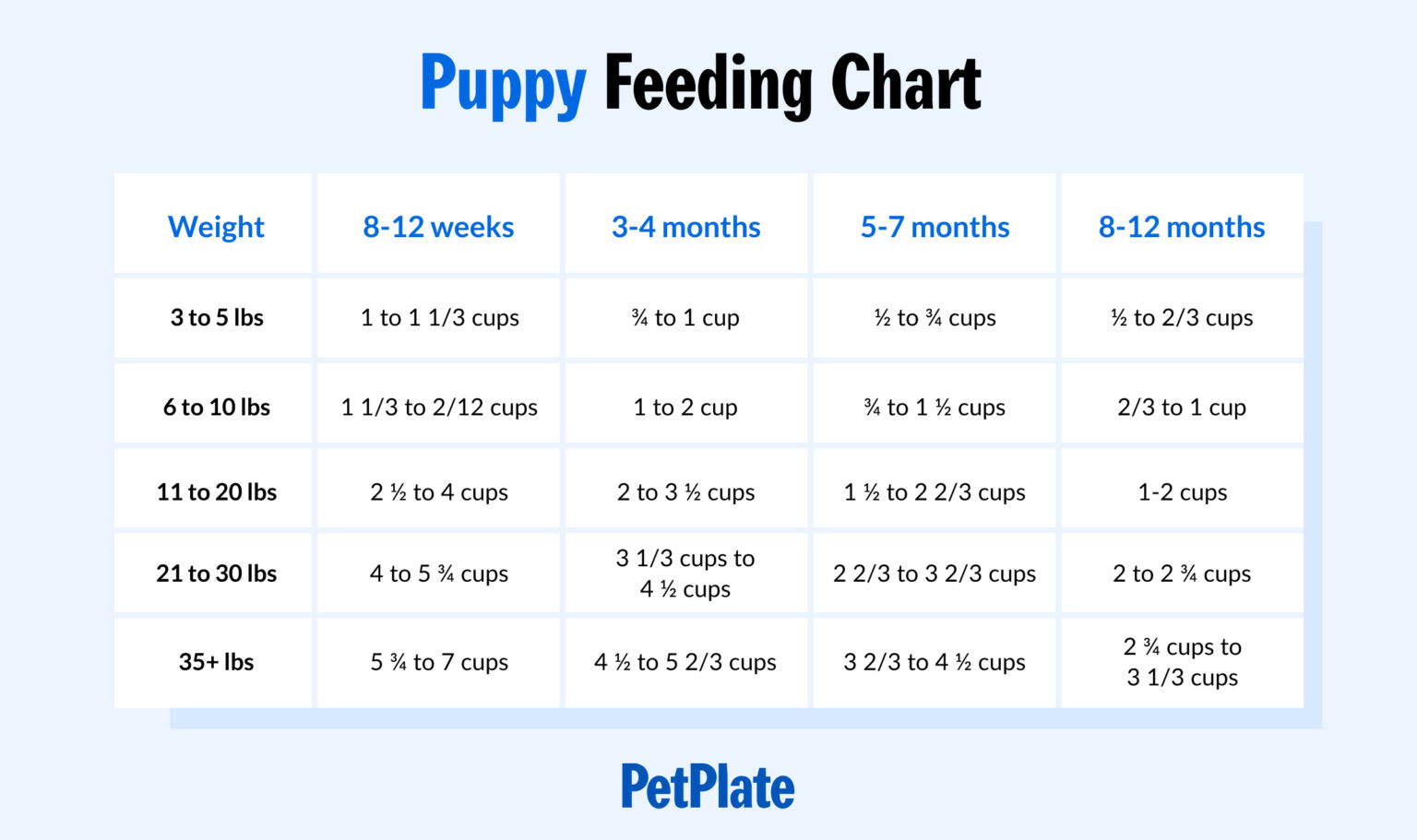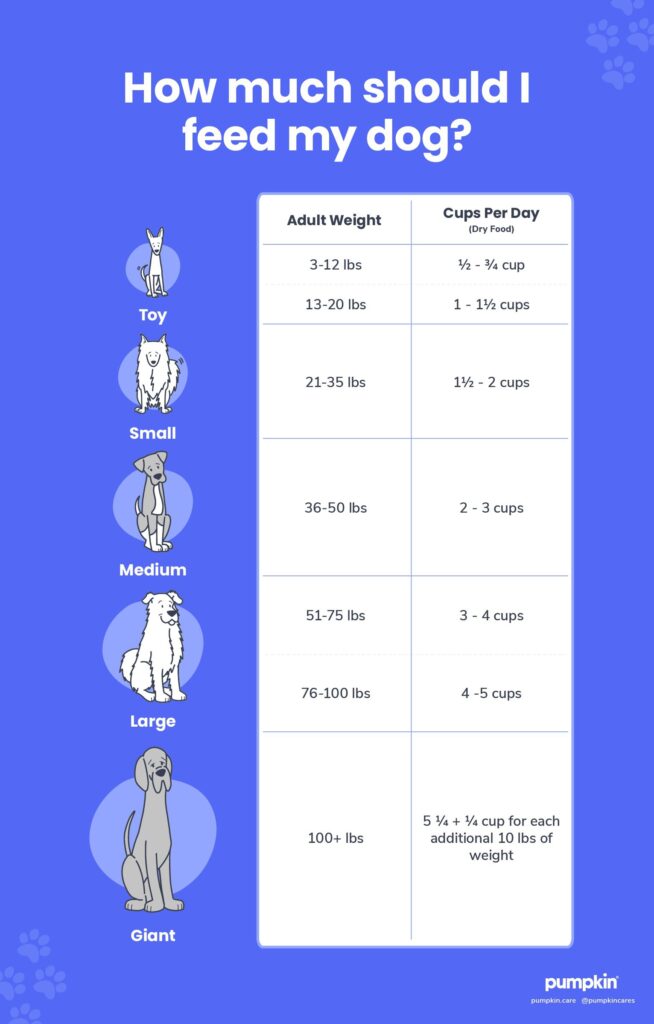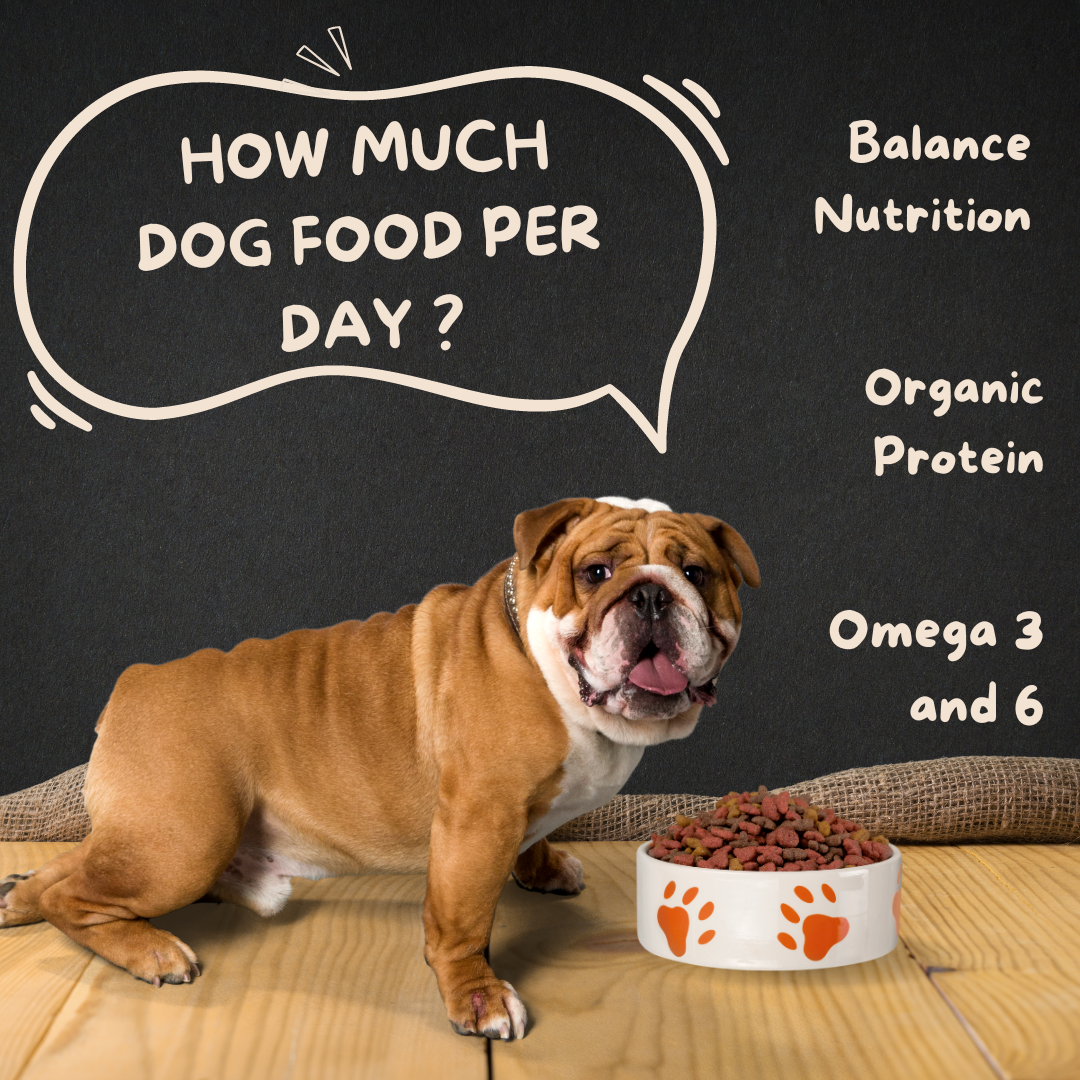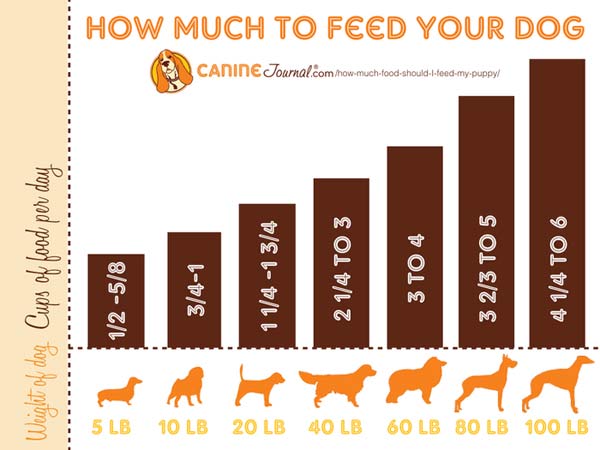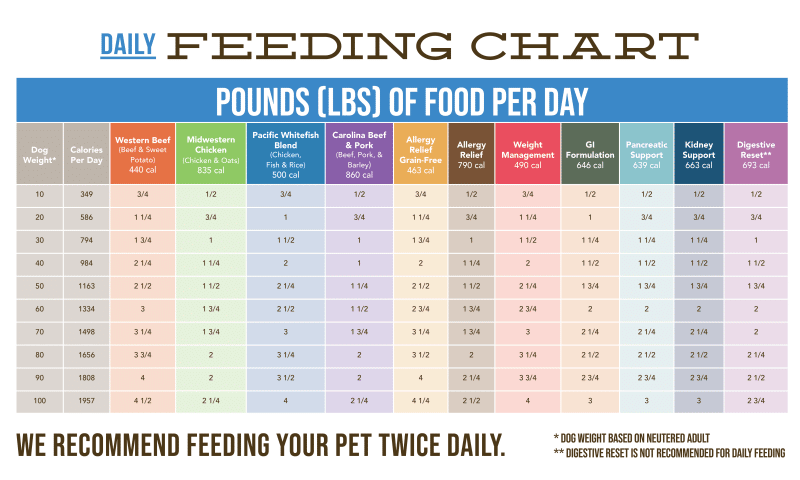How Much Food Should A Dog Eat Per Day
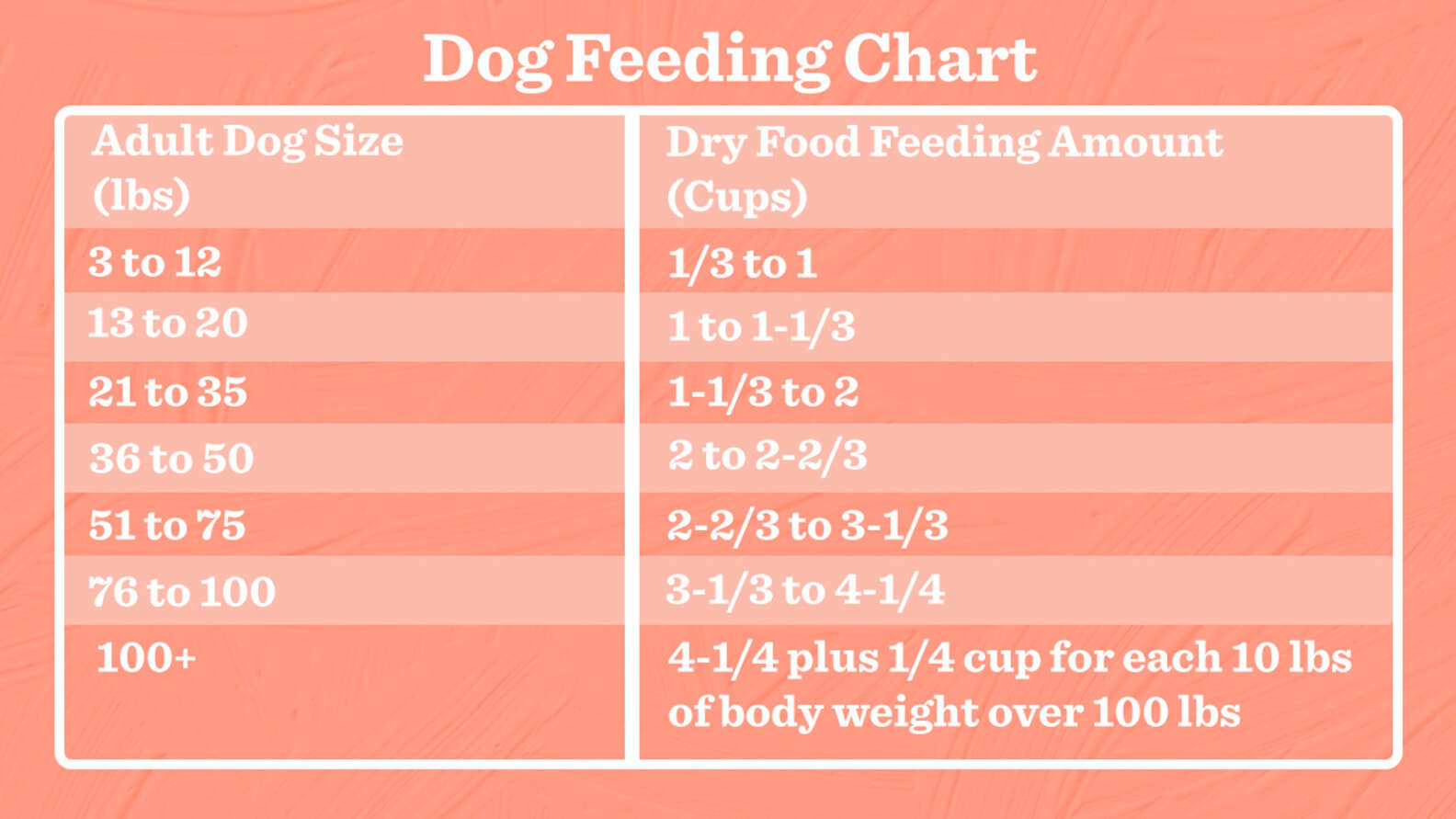
In the realm of canine care, one question consistently weighs on pet owners' minds: how much food should my dog eat? The answer, unfortunately, isn't as simple as reading the back of the dog food bag. Overfeeding can lead to obesity, a major health crisis in dogs, while underfeeding can result in malnutrition and energy deficiencies.
Determining the optimal daily food intake for a dog is a multifaceted equation, influenced by factors such as age, breed, activity level, and overall health. This article delves into the intricacies of canine nutrition, providing insights and guidance to help owners navigate this critical aspect of pet ownership and ensure their furry companions thrive.
Understanding the Core Factors
A dog's age plays a crucial role. Puppies, with their rapid growth and high energy demands, require significantly more calories per pound of body weight than adult dogs. Senior dogs, on the other hand, may need fewer calories due to decreased activity levels and potential metabolic changes.
Breed is another key determinant. Larger breeds, while having a higher overall food intake, may need specialized formulas to support healthy bone and joint development. Smaller breeds may have faster metabolisms, requiring more frequent, smaller meals.
Activity levels also impact caloric needs. A highly active dog participating in agility training or herding work will require more calories than a couch potato. Adjustments must be made to account for varying energy expenditures.
Consulting the Professionals
The most reliable way to determine a dog's ideal food intake is to consult with a veterinarian or a board-certified veterinary nutritionist. They can assess the individual dog's specific needs based on a physical examination and medical history.
These professionals can also help owners interpret the feeding guidelines provided on dog food packaging. These guidelines are often broad estimates and may not accurately reflect the needs of every dog.
Furthermore, a vet can identify any underlying health conditions that might affect nutritional requirements. Certain medical conditions, like diabetes or kidney disease, necessitate specific dietary adjustments.
Decoding the Dog Food Label
Dog food labels provide vital information about the composition of the food, including the guaranteed analysis of protein, fat, fiber, and moisture. The Association of American Feed Control Officials (AAFCO) sets standards for pet food labeling, ensuring consistency and accuracy.
The label also indicates the caloric content of the food, typically expressed as kilocalories per kilogram (kcal/kg) or kilocalories per cup. This information is essential for calculating the appropriate daily amount.
However, it's important to note that not all dog foods are created equal. The quality of the ingredients and the digestibility of the food can significantly impact how much a dog needs to eat to meet their nutritional requirements.
Practical Feeding Strategies
Once you have a baseline estimate of your dog's daily caloric needs, it's recommended to start with the lower end of the recommended range. Monitor your dog's body condition score (BCS) regularly.
BCS is a visual assessment of a dog's body fat, typically on a scale of 1 to 9, with 5 being ideal. If your dog is gaining weight, reduce the food intake slightly. If they're losing weight, increase the amount.
Consider dividing the daily food ration into multiple meals, especially for puppies and dogs prone to bloat. This can help regulate blood sugar levels and improve digestion.
Addressing Common Feeding Challenges
Picky eaters can pose a significant challenge. Try different flavors or textures of dog food to find something your dog enjoys. Warming the food slightly can also enhance its aroma and palatability.
Weight management is another common concern. Avoid feeding table scraps, as these can contribute unnecessary calories and disrupt the dog's nutritional balance. Use healthy treats sparingly.
For dogs with allergies or sensitivities, hypoallergenic or limited-ingredient diets may be necessary. Work with your veterinarian to identify the offending allergens and select an appropriate food.
Remember to always provide fresh, clean water.
The Long-Term View
Canine nutrition is an ongoing process that requires constant monitoring and adjustments. As your dog ages, their needs will change, and you may need to modify their diet accordingly.
Regular veterinary checkups are essential for detecting any health issues that might affect nutritional requirements. Early detection and intervention can help prevent serious complications.
By understanding the core factors that influence a dog's nutritional needs and working closely with a veterinarian, owners can ensure their furry companions receive the optimal amount of food to thrive and live a long, healthy life.
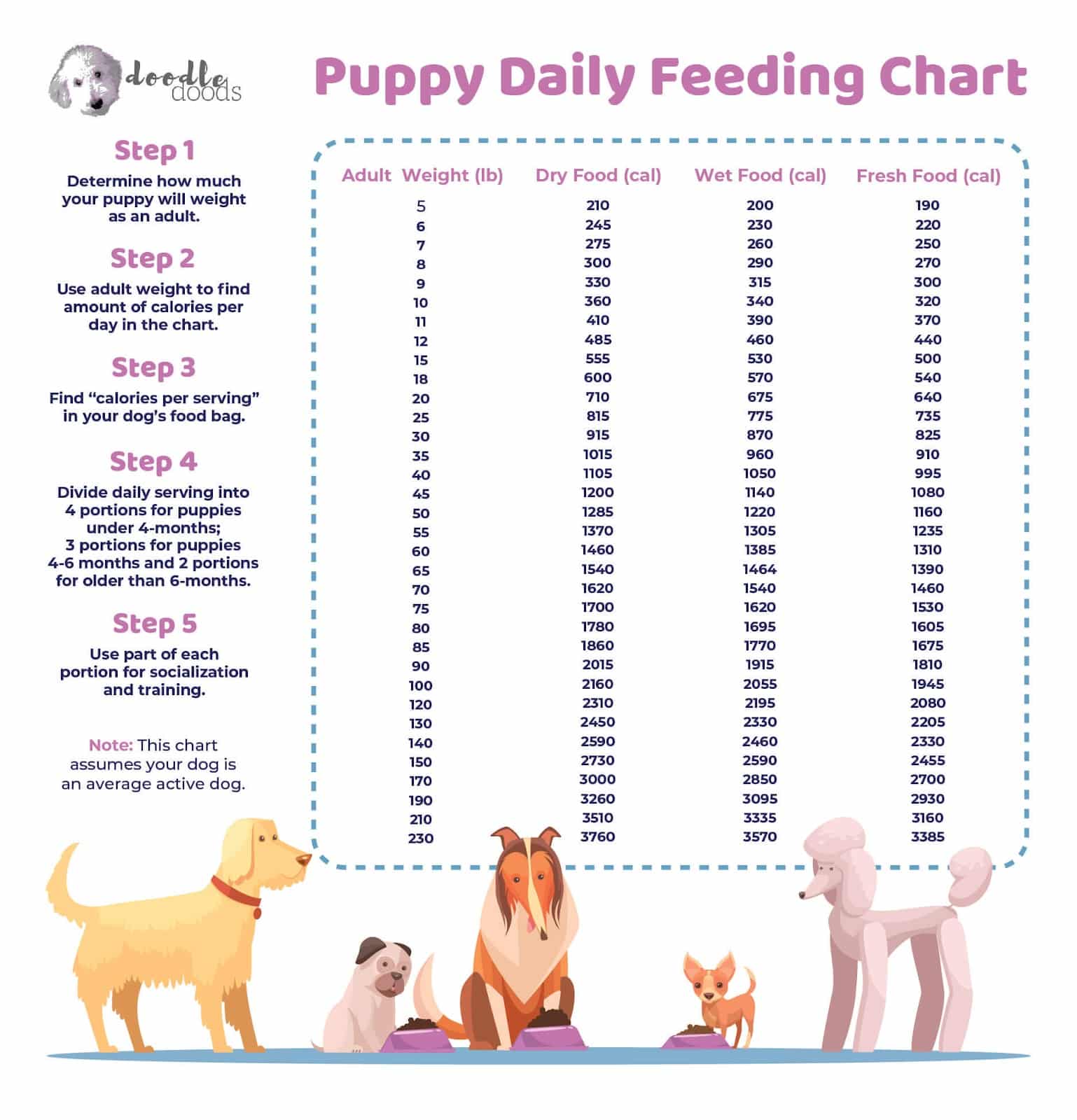
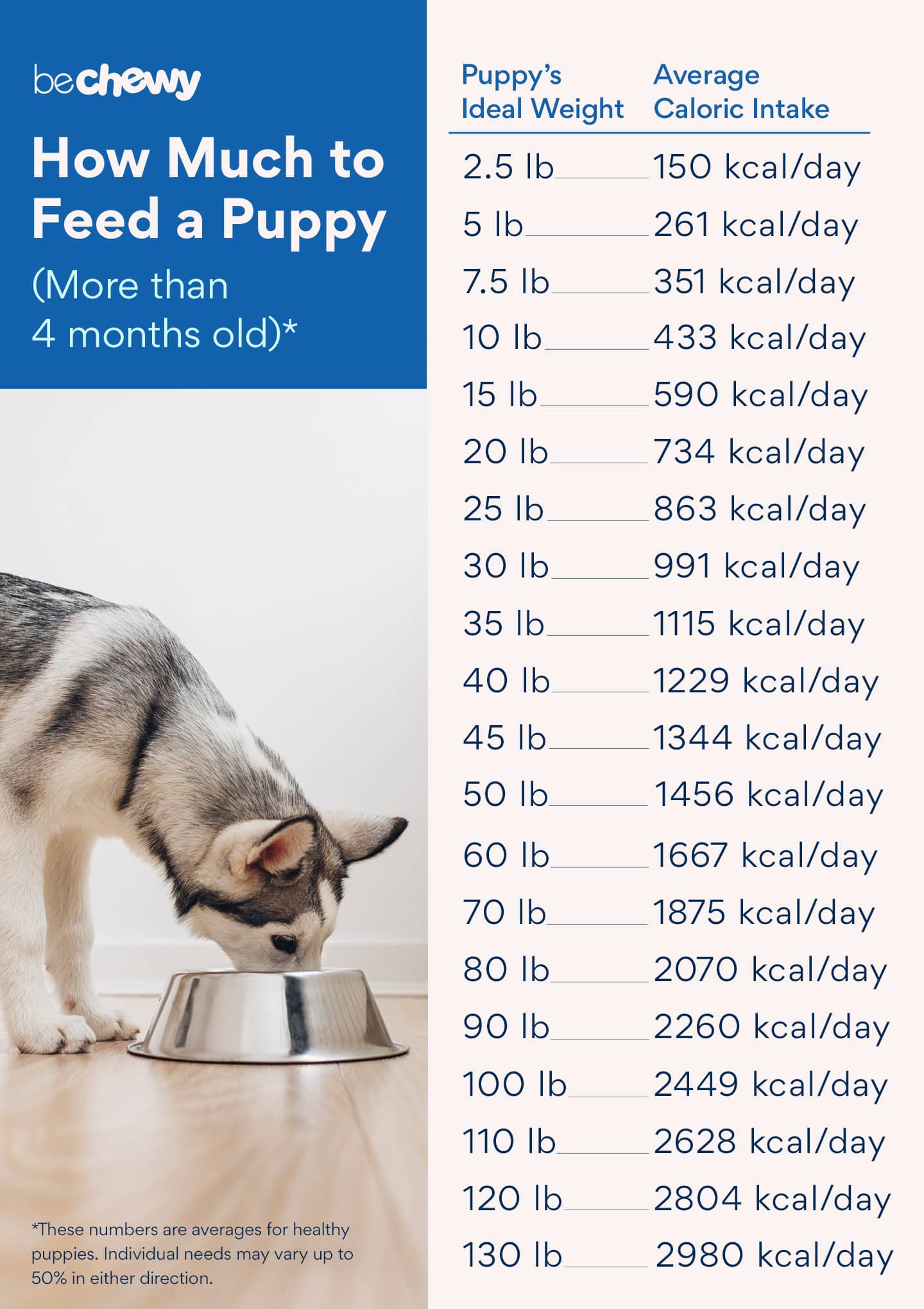
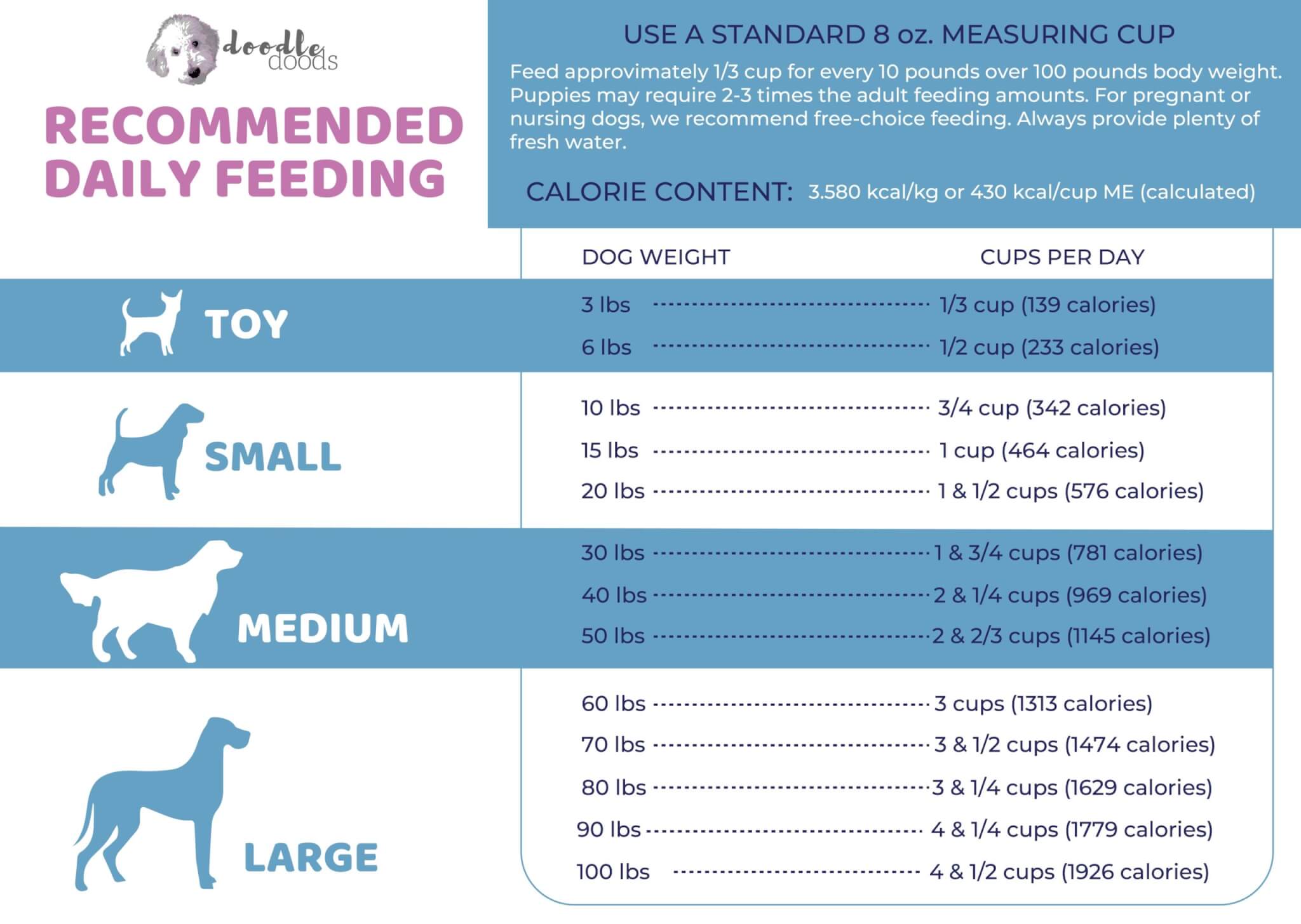
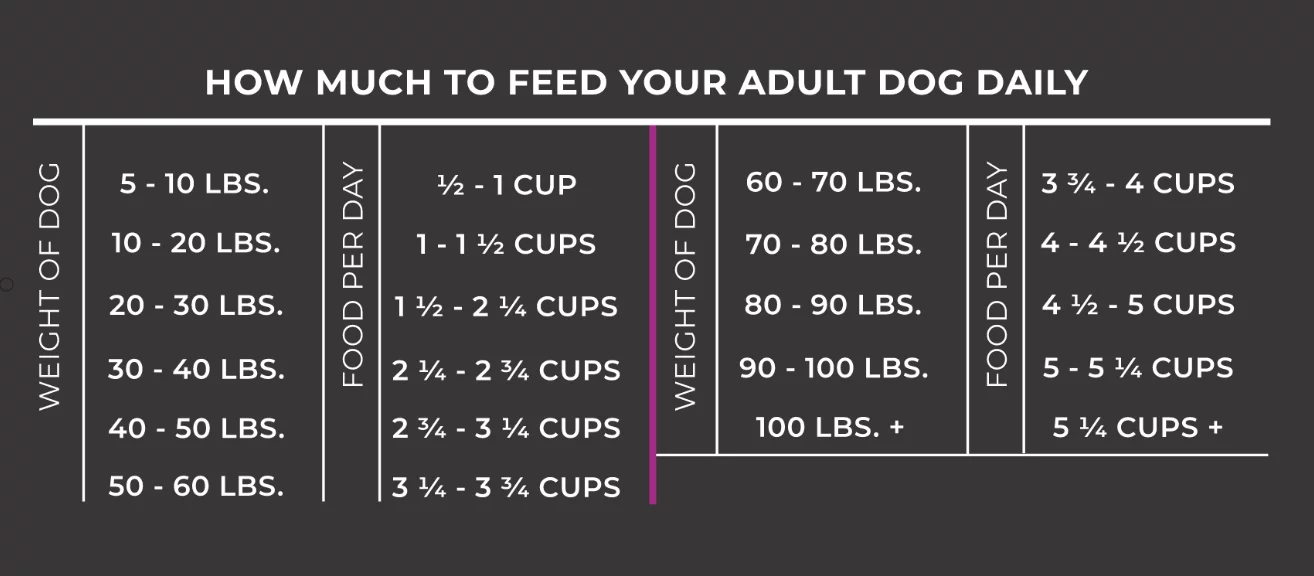
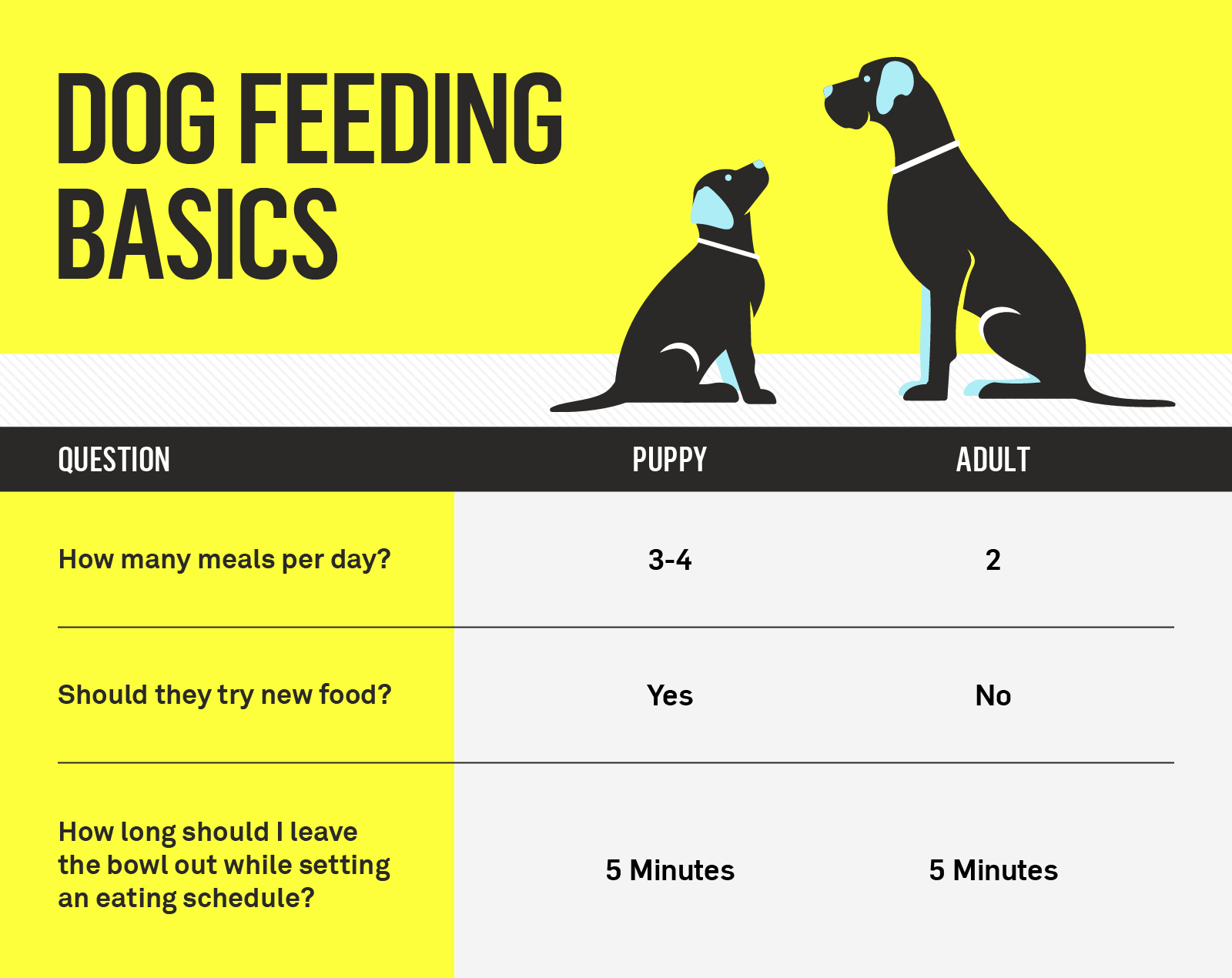

:max_bytes(150000):strip_icc()/puppy-feeding-schedule-2-d8f6749725de477eb32756329140a85b.png)
